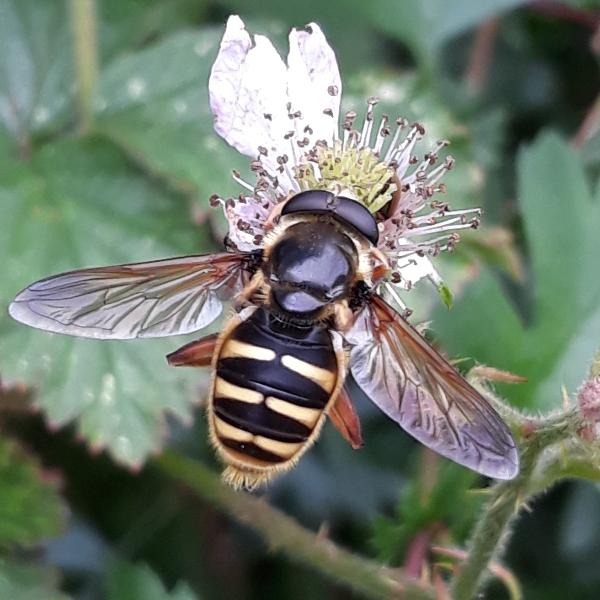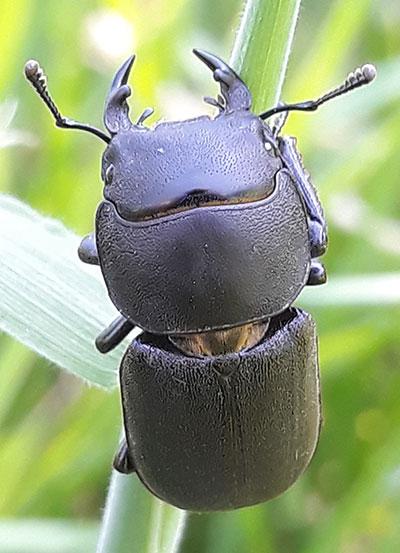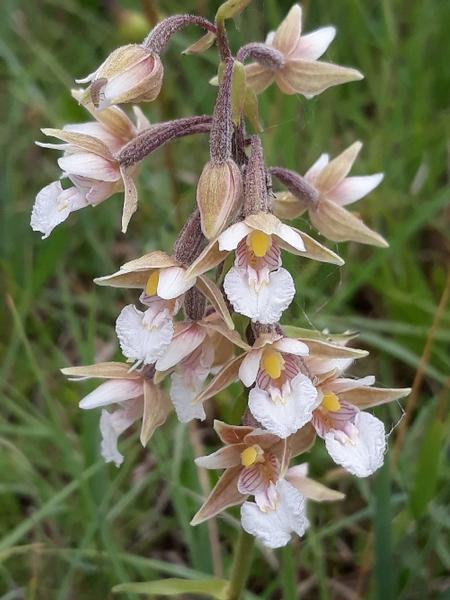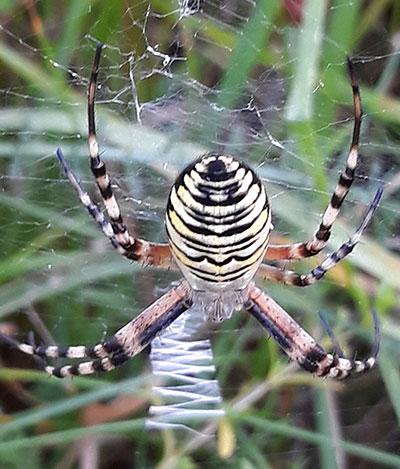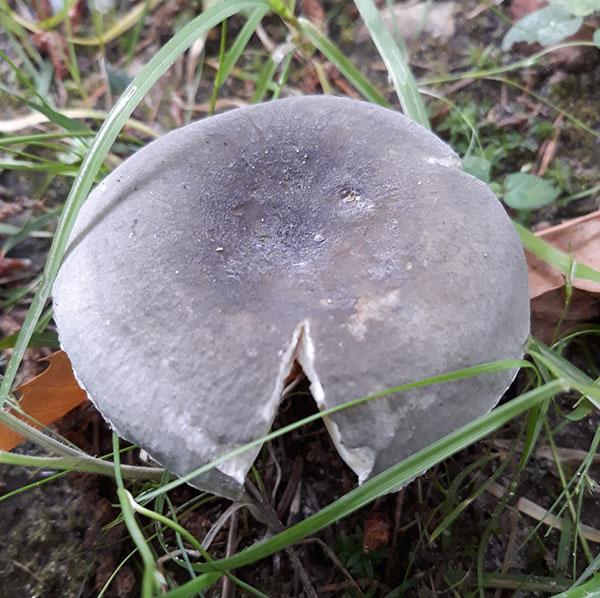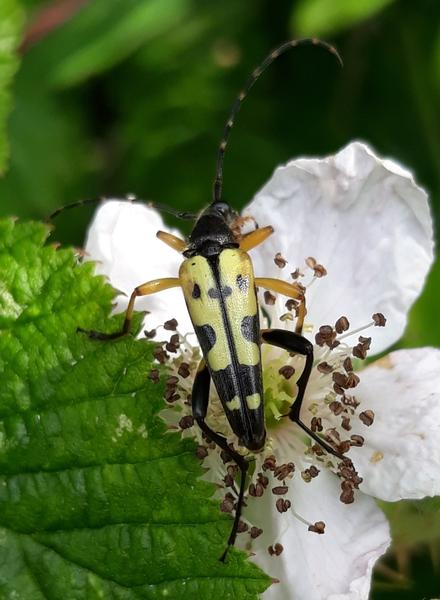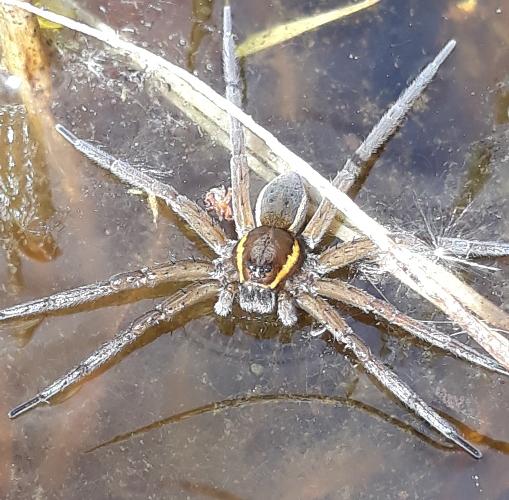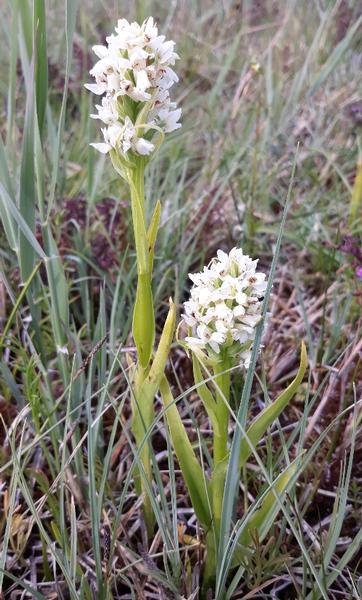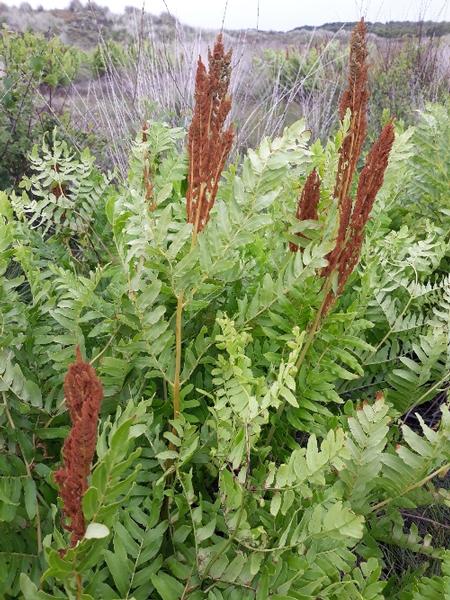News
East Anglia Day Trips in 2021
5th Sep 2021
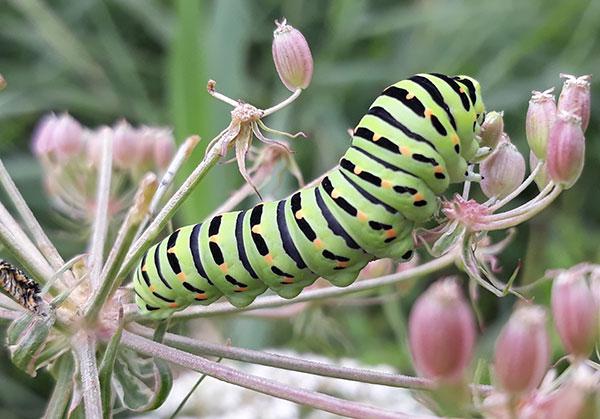
Paul has sent us a summary of the many day trips he has led in Norfolk and Suffolk over the course of the spring and summer. He has also produced a quite amazing trip report detailing the extraordinary variety of plants, insects, birds and even bryophytes encountered during the day trips.
In April, ancient Suffolk woodlands carpeted with Oxlips, and fine Fritillary meadows, in May beautiful Water Violets, and Hobbys, at Cranberry Rough, through to superb June displays of orchids in calcareous valley fens, to late summer when Stone Curlews gathered on Breckland heaths, and the breck specialities Proliferous Pink, Spanish Catchfly, Field Wormwood, Purple Milk-vetch, and Scleranthus perennis prostratus flowered, our series of East Anglian day trips throughout the spring and summer yielded a wealth of highlights, and many enjoyable days in the field.
The extensive acid dunes at Winterton, one of the wildest sites in East Anglia, were always superbly productive, rare Grey Hair Grass a feature, Cladonia species extensive and varied, fine Royal Ferns in the dune slacks, and marvellous Grey Seal watching opportunities. The Pingo Trail was a beautiful circuitous eight mile walk, at leisurely pace allowing us to record a wealth of species over the changing habitats, taking in Thompson Common and Cranberry Rough.
Dactylohiza swarms in the valley fens comprised many Southern Marsh Orchids, Early Marsh Orchids, Common Spotted Orchids, and hybrids. However it was the creamy white flowered ochroleuca subspecies of Early Marsh Orchid that took pride of place, at its only site nationally were up to forty this year. At various sites were the scarce Gymnadenia densiflora, many fine Marsh Helleborines, Early Purple Orchids, Pyramidal Orchids, Bee Orchids, and most notably Fen Orchid in East Norfolk.
Aside from orchids the rich valley fen flora included a wealth of species such as Bog Pimpernel, Brookweed, Greater Spearwort, and Grass-of Parnassus, the latter also in fine flower at Upton Fen later in the season. Acidic heaths were locally magenta with Bell Heather, with attractive Cross-leaved Heath flowering too. Spring highlights included Moschatel, Wood Anemones, and Goldilocks, while Greater Bladderwort and the rare Lesser Bladderwort bloomed in summer. Among many other plant highlights were the scarce Apium inundatum, three species of water dropwort, many rushes and grasses, and thirty species of Carex.
Butterflies were notably few earlier in the season but by July many sites were alive with them. To see so many Silver-washed Fritillaries was quite something in Norfolk, absent for decades, never seen here during my Norfolk childhood. Purple Emperor was of course another highlight, again absent for decades. Rather commonplace with me in Italy (where Lesser Purple Emperor too flies in my supermarket car park), I had never before seen it in East Anglia. Swallowtail larvae were fine on Milk Parsley in August. Satyrids were numerous in high summer, and it was also great to see so many Peacocks.
Odonata featured, again especially in the later months. Norfolk Hawker, Southern Migrant Hawker, Keeled Skimmer, Scarce Chaser, Scarce Emerald Damselfly, and Willow Emerald Damselfly were the most notable, and Migrant Hawkers were common later in the season. Moth highlights included Grey Carpet, Oblique Carpet, and Lace Border. I had not realised there was a giraffe-necked weevil relative in the UK, Apoderus coryli. The first I found, on hazel, immediately reminded me of the Madagascan species, and this does indeed belong to the same family, Attelabidae. Large Scabious Mining Bee nectared on Field Scabious in the brecks. I was delighted to find Argiope bruennichi, a spider often seen in Europe, but having been away from UK for many years, I had never seen one here. It has spread widely in south and south-east England from its original limited sites on the south coast.On nearly all visits to Redgrave and Lopham Fens we saw at least one Fen Raft Spider, a species for which the reserve is notable, one of its few UK sites.
Hobby characterised the earlier days, with up to nine in the air together. Marvellous were Common Cranes, not just at their previously known sites! Osprey frequented broadland sites, and Woodlark was seen closely in the brecks.
Compiling the trip report for all these days was an enjoyable task, to recall how much we’d seen during the day trips. My plant list for all these days combined is some 700 species. I even compiled what may be the first Greentours bryophyte list, a great variety seen in these varied habitats, mosses especially lush in the spring woodlands.
